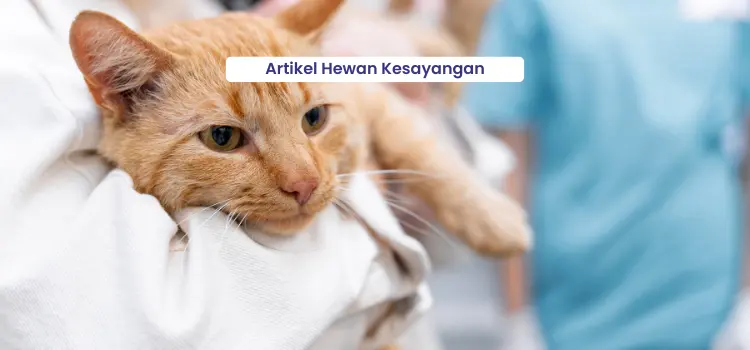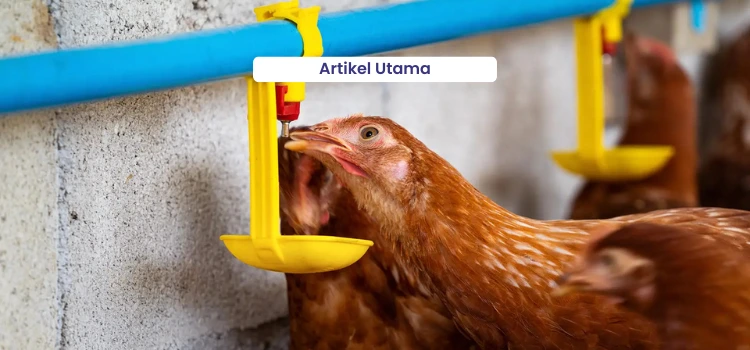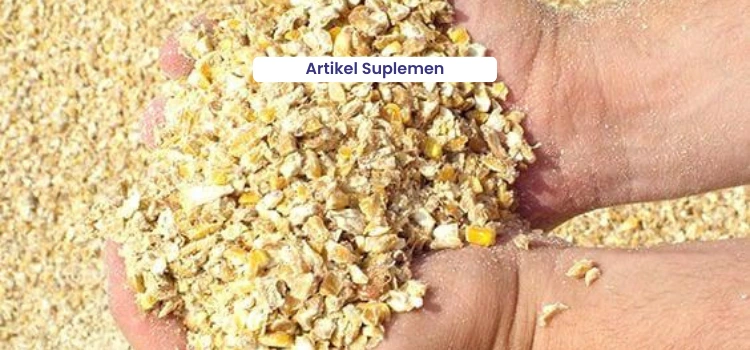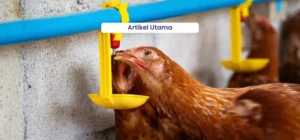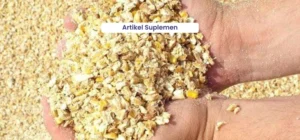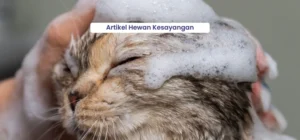A cat that appears lethargic, is sneezing, and has no appetite might be suffering from the flu. Like humans, cats can also catch a cold that causes them discomfort. This condition needs to be handled appropriately and promptly so that it doesn't develop into a more serious infection.
Causes of Cat Flu
Cat flu is generally caused by a viral infection, but there are various other factors that can trigger or worsen the condition. Here is a more complete explanation regarding the causes of cat flu:
1. Viral Infection
The most common cause of cat flu is a viral infection, specifically:
- Feline Herpesvirus (FHV-1)
This virus attacks the upper respiratory system and is highly contagious among cats. Once infected, the virus can become latent and reactivate when the cat's immune system weakens, causing recurrent symptoms. - Feline Calicivirus (FCV)
This virus is also highly contagious and can cause symptoms such as sneezing, mouth ulcers, fever, and lethargy. FCV can survive in the environment for quite some time, making kennel sanitation very important.
2. Bacterial Infection
Besides viruses, bacteria can also cause or worsen cat flu. Some common associated bacteria include:
- Bordetella bronchiseptica
- Chlamydophila felis
- Mycoplasma spp.
Transmission of Cat Flu
Cat flu can easily spread from one cat to another, especially in certain conditions like when the cat is stressed or has not been vaccinated, making them more susceptible to infection. The transmission of cat flu can occur through:
- Direct contact with sick cats.
- Indirect contact with contaminated objects (feeding bowls, litter boxes, etc.) carrying the pathogens.
Signs or Symptoms of Cat Flu
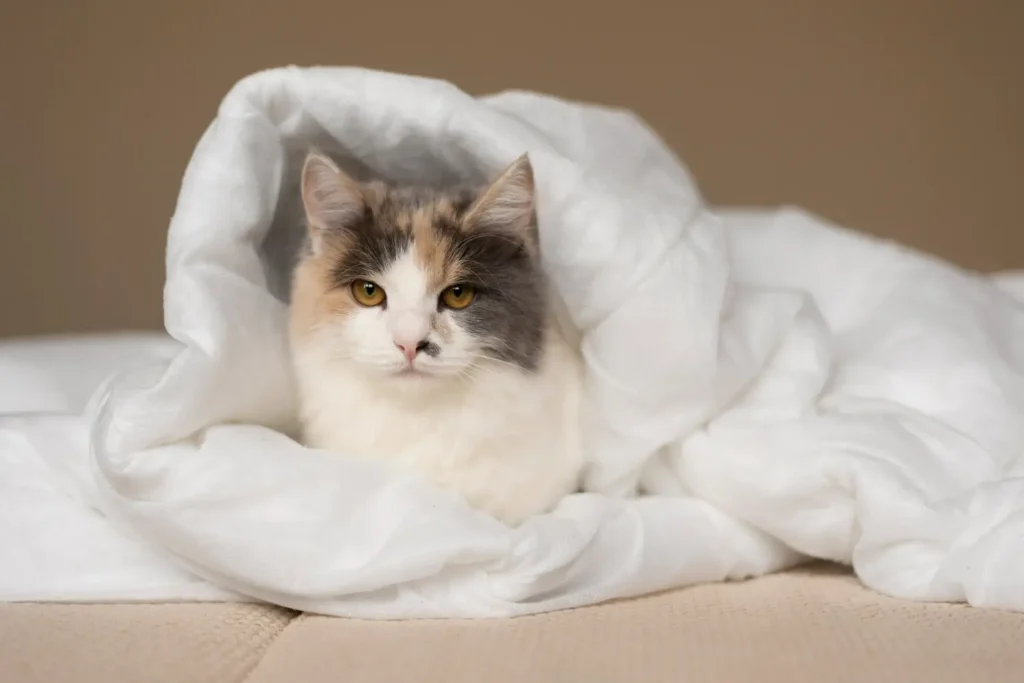
Early detection of flu symptoms in cats is crucial to prevent more severe conditions. Just like humans, cats experiencing a cold or flu will show certain behavioral and physical changes. Here are the common characteristics that can indicate your cat is suffering from the flu:
1. Persistent Sneezing
Sneezing is one of the most common symptoms that appear when a cat gets the flu. Repeated and frequent sneezing, especially when accompanied by nasal discharge, can be a sign of a viral or bacterial infection.
2. Nasal Congestion or Discharge
A cat with the flu usually has a runny nose, with discharge that can be clear, yellow, or even greenish. If the discharge becomes colored and thick, this may indicate a secondary bacterial infection.
3. Watery and Red Eyes
Cat flu is often accompanied by eye infection, causing the eyes to be:
- Excessively watery (epiphora)
- Red and swollen (conjunctivitis)
- Covered by eye discharge or mucus
If not treated promptly, this condition can affect the cat's vision and comfort.
4. Decreased Appetite
One serious sign to watch out for is when a cat with the flu refuses to eat. This can happen because:
- Its sense of smell is impaired due to nasal congestion, making it uninterested in food.
- Its weakened body condition leaves it with no energy to eat.
If this condition is left untreated for more than 24 hours, it can be dangerous and risk causing other complications, especially in kittens.
Medion Ardhika Bhakti provides Delicats and Kadofu, which are feeds formulated to enhance stamina and provide essential nutrition for cats.
5. Fever and Lethargy
The flu is often accompanied by a mild to high fever. A feverish cat usually shows:
- A body that feels warmer to the touch, especially around the ears and abdomen
- Lethargy and reduced activity
- Sleeping more often than usual
These changes can be a signal that its body is fighting off an infection.
6. Coughing
Some cats may also show symptoms of a mild cough or gagging. This indicates irritation in the upper respiratory tract. Although not always present, a cough can be a sign that the infection has spread deeper.
By recognizing the symptoms of cat flu as early as possible, you can provide the appropriate treatment before the condition worsens. If these symptoms persist for more than two or three days, you should consult a veterinarian or seek professional help.
How to Treat Cat Flu
Treating cat flu is not limited to just giving medication. The flu can be a symptom of a viral or bacterial infection, and its management requires a comprehensive approach that includes medical treatment, nutritional support, and environmental care. Here are effective steps you can take to help your beloved cat recover from the flu:
1. Take Your Cat to the Veterinarian for Initial Diagnosis
The first and most important step is to confirm the diagnosis. Not all sneezing or watery eyes mean your cat has the flu. It could be an upper respiratory infection that requires different handling.
- A veterinarian will perform a thorough physical examination and, if necessary, laboratory tests.
- The correct treatment can only be given if the cause is known (viral, bacterial, fungal, or allergic).
2. Give Medication as Prescribed by the Veterinarian
After diagnosis, the veterinarian may prescribe:
- Antibiotics if a bacterial infection is present.
- Symptomatic therapy according to the visible symptoms. Flustop can be given to cats with the flu to help accelerate the healing process by addressing the symptoms that occur.
- Eye/nose drops to reduce mucus and irritation.
- Vitamins or immune supplements to speed up recovery.
Remember: Never give human medication to cats. The dosage and ingredients in human medicine can be extremely dangerous to animals.
3. Maintain the Cat's Diet and Hydration
A cat with the flu usually loses its appetite because its sense of smell is impaired. However, nutrition remains vital for the recovery process.
- Offer wet food or their favorite meals.
- Warm the food slightly to enhance the aroma and stimulate the cat's appetite.
- Ensure clean water is always available. If necessary, help the cat drink using a pipette.
If the cat absolutely refuses to eat for more than 24 hours, consult the veterinarian immediately.
4. Provide a Warm and Comfortable Space
Just like humans, a sick cat needs optimal rest in a comfortable environment.
- Prepare a warm, clean, and comfortable bed.
- Avoid stress, loud noises, or interaction with other animals during the recovery period.
- If using air conditioning, set the temperature so it's not too cold and doesn't blow directly at the cat.
5. Clean Discharge Regularly
Cats with the flu often have discharge from the nose and eyes. Gently wipe it away using a warm, damp cloth. Keeping the face clean helps prevent secondary infections on the eyes and skin around the nose.
6. Isolate If You Have More Than One Cat
Cat flu can spread among cats, especially when caused by viruses like FHV or FCV.
- Separate the sick cat from the healthy ones.
- Use separate food bowls and litter boxes.
- Wash your hands after handling the sick cat before touching other cats.
7. Monitor Symptom Progression
Always record the daily progression of the cat's symptoms, including:
- Appetite and water intake
- Frequency of sneezing or coughing
- Body temperature (if you have a special animal thermometer)
- Response to medication
If symptoms do not improve within 3–5 days, or if they worsen, immediately schedule a follow-up visit with the veterinarian.
A cat affected by the flu requires extra attention, both in terms of nutrition, hygiene, and comfort. With proper care and support from quality products, the healing process can be faster and more effective.
References

